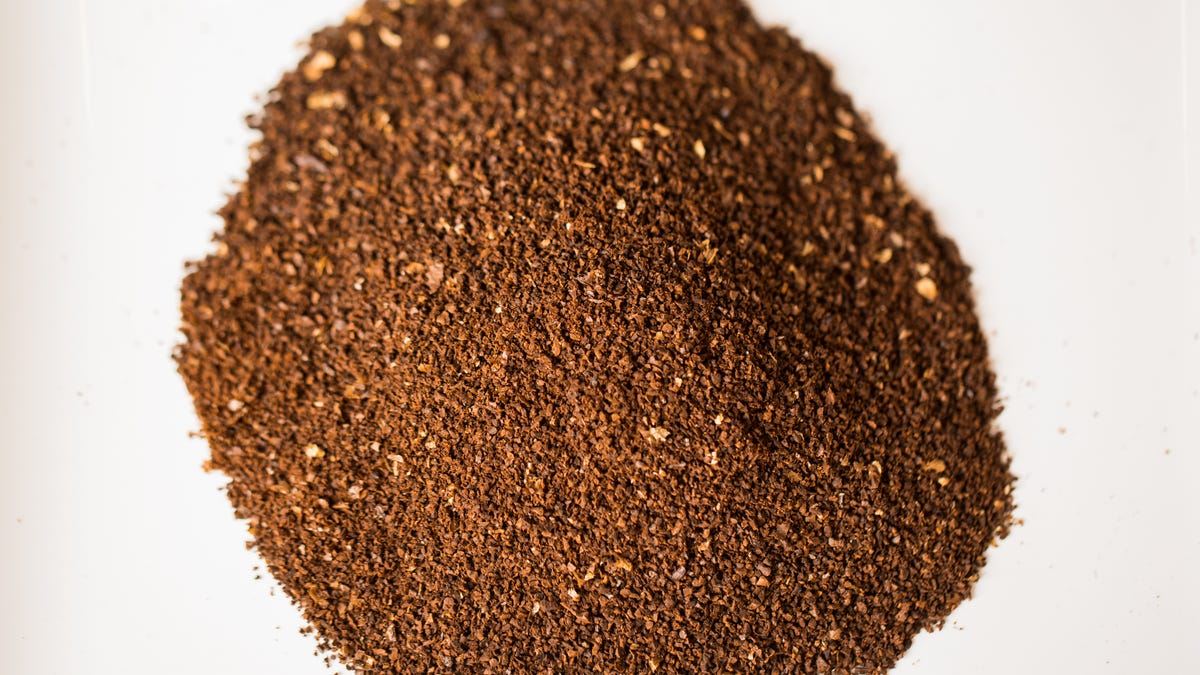Why you should care when your coffee was roasted
Just because you bought a new bag of coffee doesn't mean it's fresh. Here's everything you need to know about freshness in coffee -- what to look for and what to avoid.

Making great coffee at home is easier than you might think. You needn't go out and spend a small fortune on gear, and you don't need a top-tier automatic brewer. All you really need is some basic equipment and a general understanding of what truly affects the taste of your brew -- grind size, brew time and temperature and, most importantly, the beans.
A dark roast will give you a totally different taste profile than the same coffee roasted lighter. Blends will give you a mix of flavors while single origins will highlight specific tasting notes of different varieties and regions. You can typically find all of this information right on the bag. But a key factor in the flavor of the coffee that is often missing from the packaging is the roast date.
The freshness of coffee is also overlooked by the vast majority of coffee consumers. It can be the difference between an outstanding cup of coffee and one that falls flat.
Degassing
During the roast process, carbon dioxide gas is formed inside the bean. As soon as the roasting is finished, the release of carbon dioxide begins. This process, called degassing, lasts up to two weeks, give or take.
At this stage, the coffee is typically considered too fresh, which is why some roasters will not begin selling their beans until several days after they've been roasted.
It isn't easy to know exactly when a coffee is ready for brewing, as it varies with each bean and roast profile. Darker or longer roasts tend to degas more rapidly than lighter roasts. But ambient temperature, humidity, storage containers and other factors affect degassing, as well.
Generally, most roasters will tell you to wait anywhere from three days to a week after the roast date before enjoying the coffee.
How coffee goes stale
As carbon dioxide leaves the coffee beans during degassing, it's replaced with oxygen.
This oxygen reacts with the oils and other solubles -- what gives the coffee its unique taste -- within the coffee bean. This process, otherwise known as oxidization, is what makes the coffee go stale. The oxidized oils and solubles means notable flavors won't be as pronounced and the coffee will taste flat.
To help keep oxygen from reaching the beans, most roasters package their coffee in airtight bags. Some install one-way CO2 valves, which allow carbon dioxide to escape the bag but make it difficult for oxygen to enter.
This is also why it's recommended that you store your coffee in a vacuum sealed container with a CO2 valve, such as the AirScape. If nothing else, an airtight container like a mason jar works well, but may not keep your coffee as fresh for as long as a vacuum sealed container will.
Also, storing your coffee in the freezer is doing more harm than good, especially for short-term storage.
If you store your coffee properly, a bag should remain fresh for up to six or seven weeks.
Why you should only buy whole bean
You may also hear that you shouldn't buy your coffee preground, that you should stick to whole bean coffee. There's a lot of truth to that, especially if you care about fresh coffee.
When coffee is ground, its surface area is increased, allowing it to degas much faster. Assuming it's perfectly sealed when leaving the roaster, it may keep it's freshness until it reaches your hands, but it will oxidize much faster than whole bean coffee after you open the package.
The best way to maintain freshness is to buy your coffee as whole beans and grind just before you plan to brew.
Some coffee makers , especially those set on timers, require you to grind your coffee at night so they can have a hot pot ready for you in the morning. In this case, you're sacrificing some freshness in the name of convenience.
Where to find fresh coffee
If you buy your morning cup from a coffee shop every day, you're most likely (though not guaranteed to be) getting fresh coffee, which might explain why coffee you make at home just doesn't taste the same.
Bags of coffee found on the shelf at your typical grocery store have likely been sitting there for months. Sadly, there's no real way to know exactly how long they've been there. Most roasters don't stamp or sticker their bags with a Roasted On date.
You'll be lucky to find a label with a Best By date, but there's still no way to tell how long the bag has been lying around.
The best way to ensure you're getting fresh coffee is to buy it directly from a roaster, and stick to those who label their bags with a roast date. When you purchase coffee online from a roaster, it's usually shipped within a few days of being roasted. And by the time it arrives, it's usually ready to be brewed.
You can also find local roasters to buy from directly. Or keep an eye out for local coffee shops or markets that sell local coffee. Ask when new stock comes in and you can easily get your hands on some seriously fresh coffee. Just remember to let it finish most of the degassing process before brewing.

